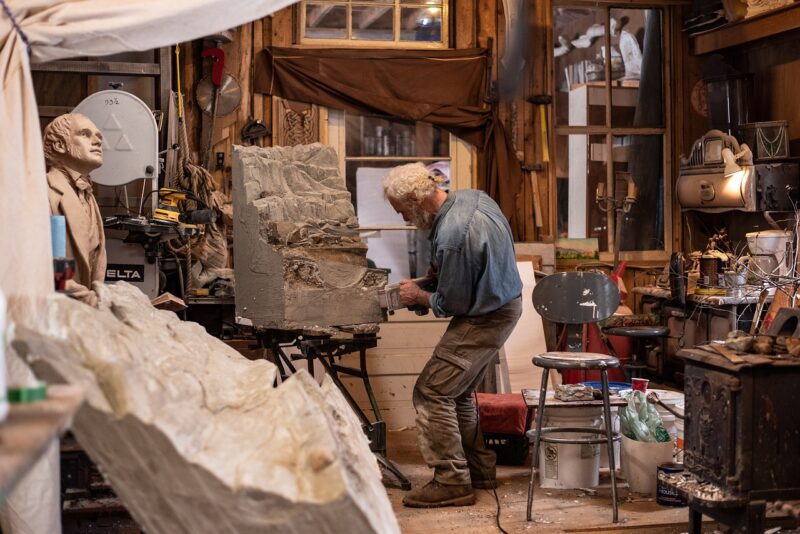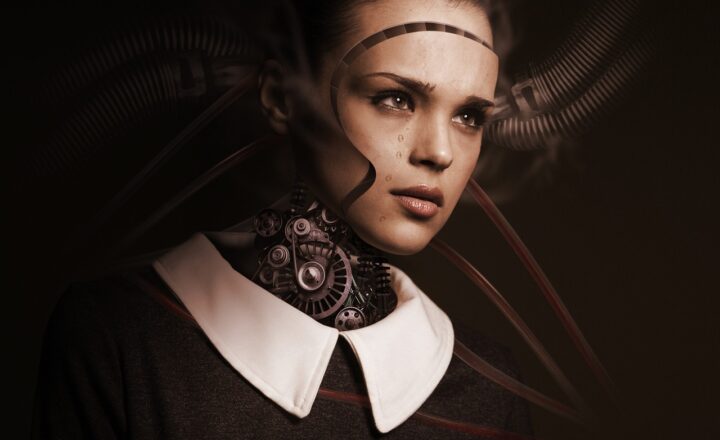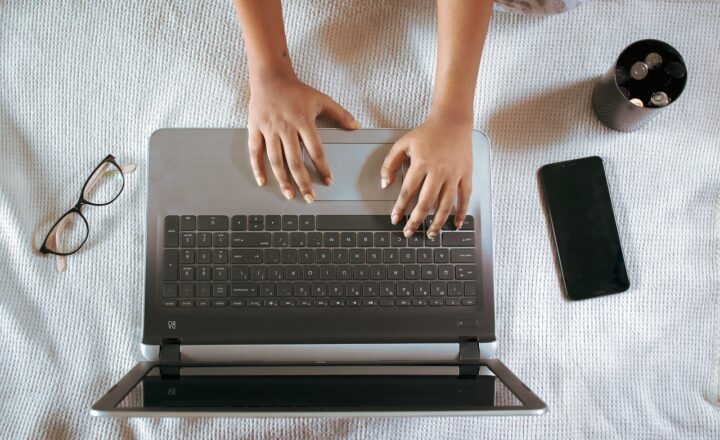
Artificial Intelligence (AI) is rapidly transforming the landscape of digital art creation. As algorithms and deep learning models continue to evolve, artists are leveraging these technologies to fuel their creativity and innovate new forms of artistic expression. This article will delve into the impact of AI on digital art, explore various tools and techniques, and examine the implications for artists and the art community as a whole.
1. Understanding Digital Art and AI
Digital art refers to art made using digital technology, where traditional mediums are often replaced or enhanced by computer software and hardware. It encompasses a broad range of practices, from digital painting and illustration to 3D modeling and animation. AI, on the other hand, involves the use of algorithms and computational processes that enable machines to mimic human intelligence, learning from data and making informed predictions.
The intersection of digital art and AI creates opportunities for artists to experiment with new creative processes, generating artwork that was once thought impossible or impractical. AI tools augment the human creative process, offering assistance and inspiration rather than replacing human artists.
2. Tools and Techniques: How AI is Used in Digital Art
AI technologies can be applied in various ways to enhance the digital art creation process. Here are some of the most prominent tools and techniques being used today:
- Generative Adversarial Networks (GANs): GANs are a class of AI algorithms that can generate new images based on the training data fed into them. These networks consist of two components – a generator that creates new data instances and a discriminator that evaluates their authenticity. Artists can use GANs to produce unique artworks or even entire art styles by training on existing pieces and letting the AI create variations. Notable examples include artworks generated by sites like Artbreeder and DeepArt.
- Style Transfer: This technique allows artists to apply the stylistic elements of one image to another, effectively merging two different artistic styles. Tools like DeepArt and Adobe Photoshop’s neural filters enable users to transform photographs into paintings reminiscent of famous artists, blending creativity with algorithmic capabilities.
- AI-Powered Animation: AI can streamline the animation process by automating in-between frames or even generating entire sequences. Platforms like Runway ML and Ebsynth enable animators to use neural networks to create fluid animations from still images, making it easier to visualize and experiment with narrative concepts.
- Creative Bots and Assistants: Many artists use AI-powered applications that assist in the creative process. Chatbots can help gather ideas, while tools like Canva and Daz 3D provide intelligent suggestions based on user input, enabling a smoother design workflow. These tools can inspire fresh concepts and directions for artists facing creative blocks.
By integrating these AI technologies into their workflow, digital artists are uncovering new possibilities that expand the traditional boundaries of creativity.
3. Benefits of Using AI in Digital Art
The integration of AI in digital art provides numerous benefits for artists, including:
- Enhanced Creativity: AI can serve as a creative partner, helping artists to explore ideas that they may have not considered on their own. By combining human ingenuity with AI’s ability to generate endless variations, artists can push the boundaries of their work.
- Time Efficiency: Automation of certain tasks, such as colorization or rendering, allows artists to focus on the more creative aspects of their work. This can significantly speed up production times and increase productivity.
- Access to New Mediums: AI tools provide unique capabilities that can place traditional mediums in a new light, allowing artists to explore new styles, digital canvases, and interactive installations that were previously inaccessible.
- Breaking Creative Barriers: For artists feeling stuck or constrained by their usual styles, AI can help break down barriers by offering an array of diverse artistic options that encourage experimentation and risk-taking.
4. Ethical Considerations in AI-Generated Art
While the benefits of AI in digital art are undeniable, there are important ethical considerations to address. Some of the key issues include:
- Ownership and Copyright: As AI-generated works become more prevalent, questions arise concerning ownership. Who owns the rights to an artwork created by an AI? Is it the programmer, the artist who prompted the AI, or the AI itself? Establishing clear guidelines for authorship and copyright is essential for the art community as AI technology continues to advance.
- Representation and Bias: AI algorithms can sometimes display biases based on the data they are trained on, leading to a narrow representation of art or cultural outputs. It’s critical for artists and developers to work on inclusive datasets that reflect a diverse range of voices and styles to prevent inadvertently promoting stereotypes or partial views.
- Impact on Jobs: As AI continues to evolve, there might be concerns about its impact on job security within the creative industry. While AI can enhance creativity and efficiency, it’s crucial to emphasize the complementarity of human artists and AI, rather than portraying AI as a replacement.
Addressing these concerns by fostering dialogue among artists, technologists, and policymakers is essential in establishing ethical standards for the integration of AI into the art world.
5. The Future of Digital Art and AI
The future of digital art in conjunction with AI holds exciting potential. As machine learning continues to evolve, artists can look forward to:
- New Dimensions of Interaction: With AI-driven installations and interactive pieces, audiences may engage with art in unprecedented ways. Emerging technologies such as AR (Augmented Reality) and VR (Virtual Reality) coupled with AI could revolutionize how we perceive and interact with art.
- Collaborative Art Projects: Artists and AI may work together on collaborative projects, merging human intuition with machine creativity to create entirely new art forms and installations that blend genres and styles.
- AI as a Platform for Community and Art Sharing: As platforms evolve, we may see AI enabling more significant connections between artists and audiences, allowing for more complex art sharing experiences based on individual tastes and interactions.
- More Inclusive Artistic Practices: Continued advocacy for diverse data collections and ethical frameworks will encourage broader representation in art, resulting in more inclusive artistic practices that challenge conventional narratives.
The collaboration between AI and digital art is just beginning, and the potential for growth in artistry, creativity, and cultural expression is limitless.
Conclusion
As artificial intelligence continues to advance, its role in digital art will only expand. Artists who embrace AI as a creative partner can unlock innovative possibilities and redefine what art can be. While there are ethical considerations to navigate, the collaboration between human creativity and AI presents a promising future for the art world.
As individuals, artists, and technologists, we must engage in the evolving conversation surrounding AI and digital art, aiming to cultivate a landscape that celebrates both human expression and technological innovation. The interplay of AI and artistry will undoubtedly shape the future of creativity for generations to come.







